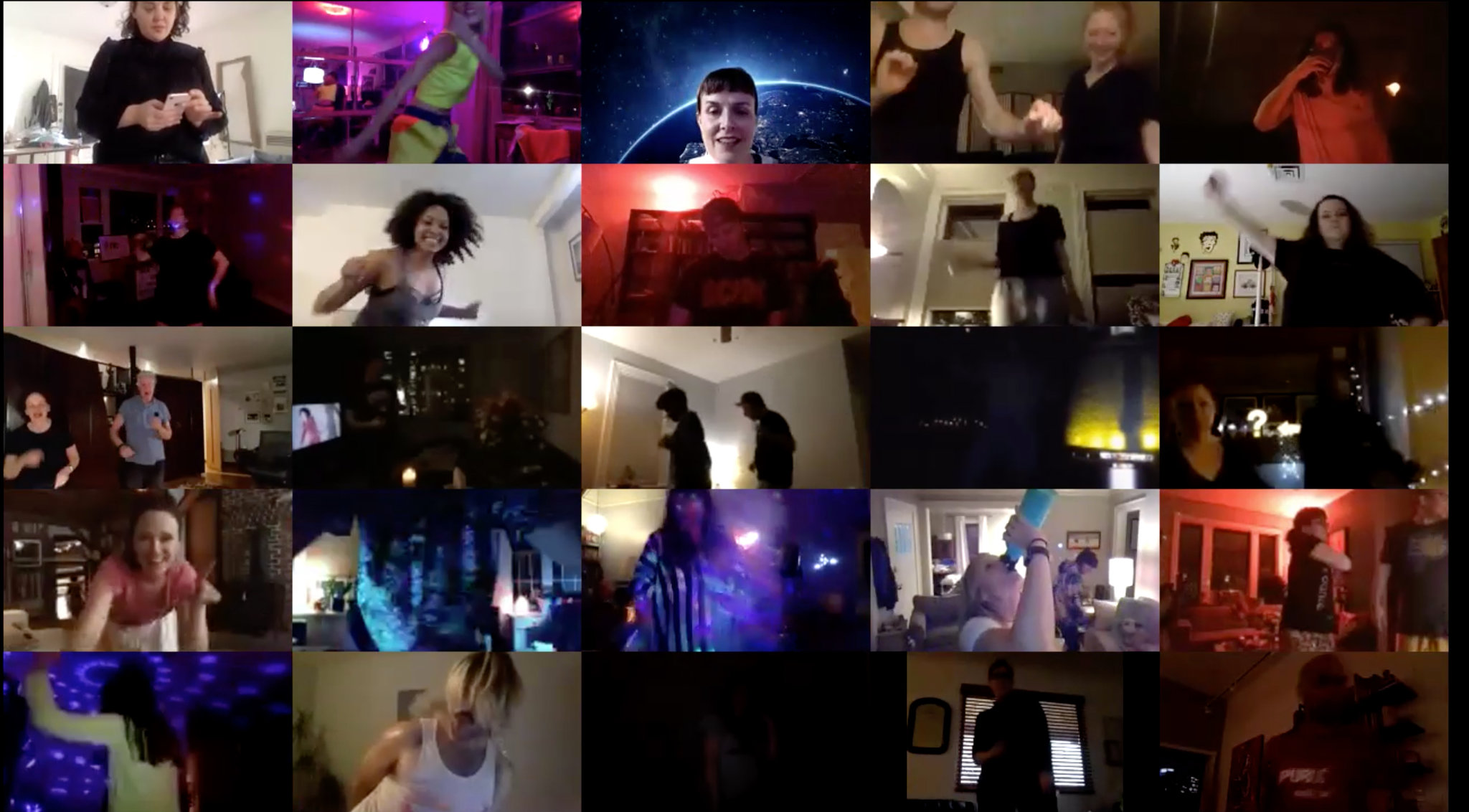
Tis the season… to decorate the house and front yard, to shop for and wrap gifts, sort recipes and bake, and usually –plan the family gatherings. It’s also the season for advice columns, articles, blogs, and countless interviews with experts all trying to answer the question “How to get through the holidays after the loss of a loved one?”
In this 2020 year, as it continues to behave like no-other-year, there are way too many losses for most families to calculate. The Covid19 count in most parts of the country, and the weather in the northern parts have shut down most of what we had been doing to manage our isolation. No more physically distanced gathering on porches and church parking lots, and few to none, outdoor sports like golf, group cycling and hiking.
We had hoped in-person masked Christmas shopping might be salvaged, providing some relief for small local businesses, but it’s clear the better-safe-than-sorry on-line shopping is winning out. Rather than one chair missing at the table, for many there will be no chairs for extended family members at the table. For those in elder care facilities like my sister, not even a table. Perhaps a food tray delivered into a lap. Perhaps, if a caregiver can work it in to their schedule, a precious exchange with a loved one via a hand held in place IPad.
It’s been 9 months now and our hunger for in-person synchrony and human touch seems insatiable. Yet teaching on-line we’ve discovered some playful ways to get in sync with one another using our computer screens. We engage participants in an activity we call a “hand dance.” Positioning ourselves close to our screens we each move one hand– exploring at first just how the hand wants to move. Next we notice other hands in other squares and begin playfully connecting through imitation: following, and leading as music unifies our rhythm. The goal is one of connection. According to the notes people put in the chat box afterwards, the experience proves to be “energizing,” “satisfying,” “uplifting.”
As somebody who always wants to know how and why something works, I was delighted by coming across a couple of research articles that seemed to shed some light on what’s happening here. Frank Wilson, MD, a brain/hand researcher stated that “Approximately twenty-five percent of the motor cortex in the human brain (the part of the brain which controls all movement in the body) is devoted to the muscles of the hands. I think this means that one of the things we’re doing in moving our hands is lighting up big parts of our brains.
The second study done in Hungry helps to document the power of synchronous movement. The researcher Natalie Sebanz, a professor of cognitive science at Central European University in Austria paired persons who were members of a frequently stereotyped minority, with persons from the prejudiced majority. Each pair were asked to walk silently beside each other for three minutes; one group matching footfalls and the other without any coordination. After the walk, members from the synced group reported less prejudice and stereotyping towards both their partner as an individual, and toward the group of which their partner was a member. Dr. Sebanz suggests, “You tend to like people more and become more pre-social if you engage in synchronous behavior with them.” For those of us not going anywhere anytime soon during this season or the next, it’s encouraging to find ways to fulfill our need for human connections in the safety net of on-line activities.

